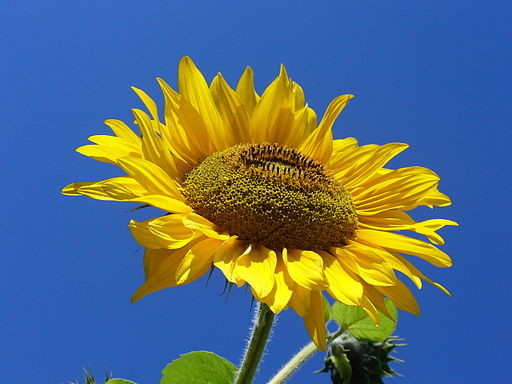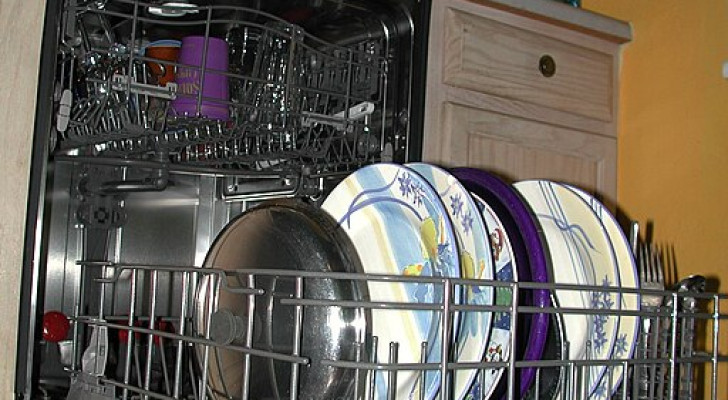Do you want to cultivate beautiful, postcard-worthy sunflowers? Try using these effective techniques

Native to North America, sunflowers are amongst the most beloved and widely cultivated flowers in the world today - for both decorative and food purposes. Its seeds provide tasty snacks while the intense yellows of their large corollas are stunningly beautiful.
Would you like to cultivate sunflowers but don't know how to? Well, check out our handy guide below:
Characteristics and propagation
An annual plant from the Asteraceae or Compositae family, the sunflower owes its common name to its heliotropic nature. So, what does this mean? Simply put, young sunflowers rotate their corollas to follow the path of the sun from east to west during the day, and then rest facing east at night, waiting for the sun to dawn. Once sunflowers have bloomed, however, the plant remains permanently oriented towards the east.
Sunflower propagation can be done by sowing seeds or from cuttings:
- For sowing sunflower seeds, it is best to do this in a field (or similar) from the end of March or the end of April; do this a few weeks ahead if you prefer to sow the seeds in a seedbed first, taking care to transplant the seedlings promptly into open ground when they are ready;
- For cuttings, choose healthy and robust plants that have already developed lateral/side stems; cut one of these side stems to a length of about 10-15 cm below a node or leaf junction and remove all the leaves bar the upper ones. Once gathered, immerse the cuttings in water and place them in a warm, well-lit spot, changing the water every 2 days. The roots will emerge after a few weeks.
Sunflower cultivation

Pudelek (Marcin Szala)/Wikimedia Commons
Once your sunflower seedlings are established, care for them as follows:
- Place the seedlings in a sunny spot, so that they get at least 6-8 hours of direct sunlight every day;
- Choose to use well-draining, loose soil to avoid water stagnation (which causes root rot) and the roots getting compacted;
- Since these plants grow high vertically, they can be easily damaged by the wind. For this reason, it may be useful to place them next to a wall or fence that will protect them from strong gusts (alternatively, put up wooden or bamboo supports);
- Irrigation must be done abundantly but infrequently: sunflowers do not like waterlogged soil, so it is advisable to let the surface layer of the soil dry out between one watering session and another;
- If the soil is sufficiently rich, sunflowers will not need a fertilizer; in poor soil, it is a good idea to use a compost and possibly also add a well-balanced, slow-release fertilizer.
Be careful when growing sunflowers next to other species of plants: sunflowers are allopathic plants and produce substances capable of reducing the yield of other crops (in particular, potatoes, green beans, petunias and lettuce).
Follow these tips and you'll have postcard-worthy sunflowers in no time!





